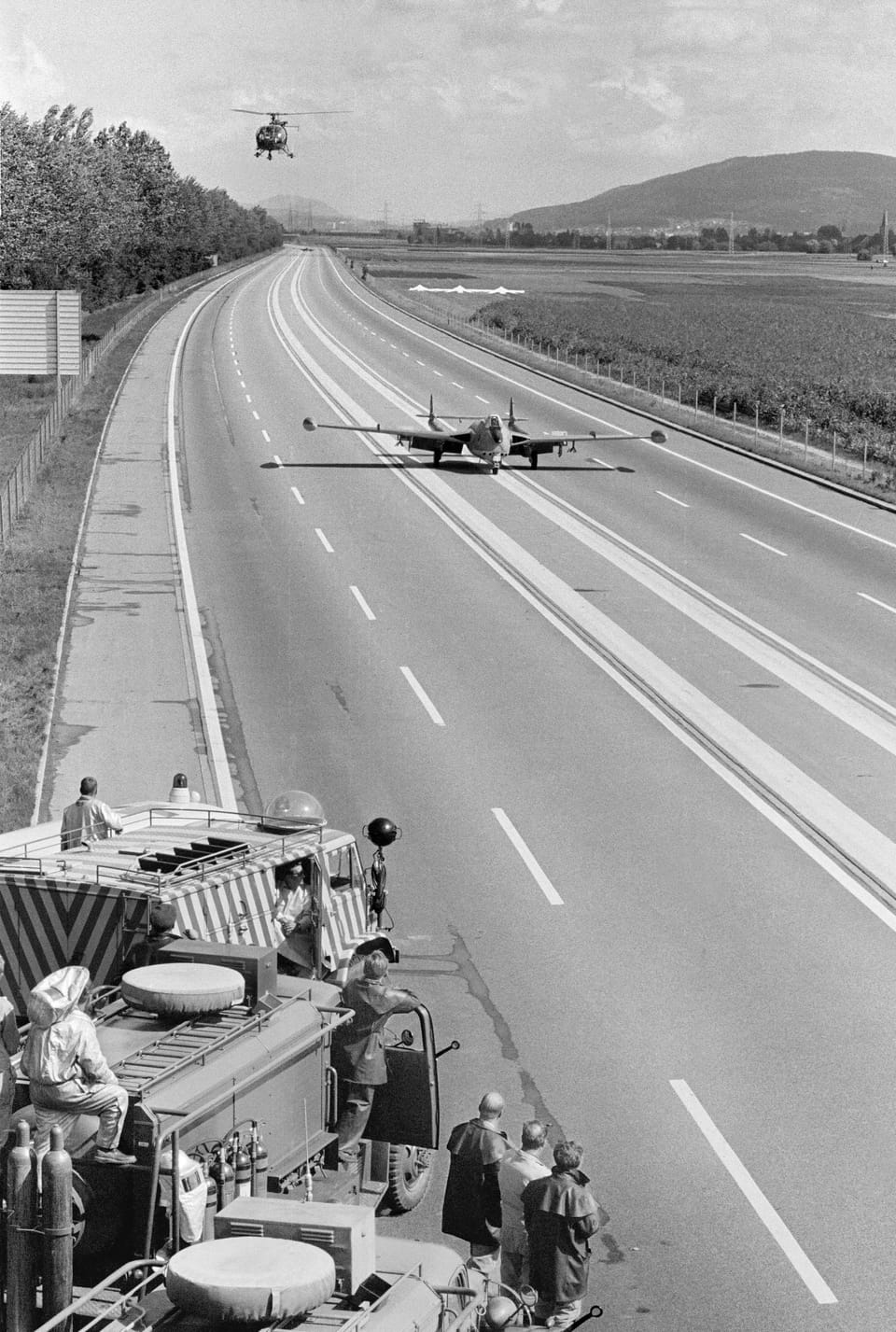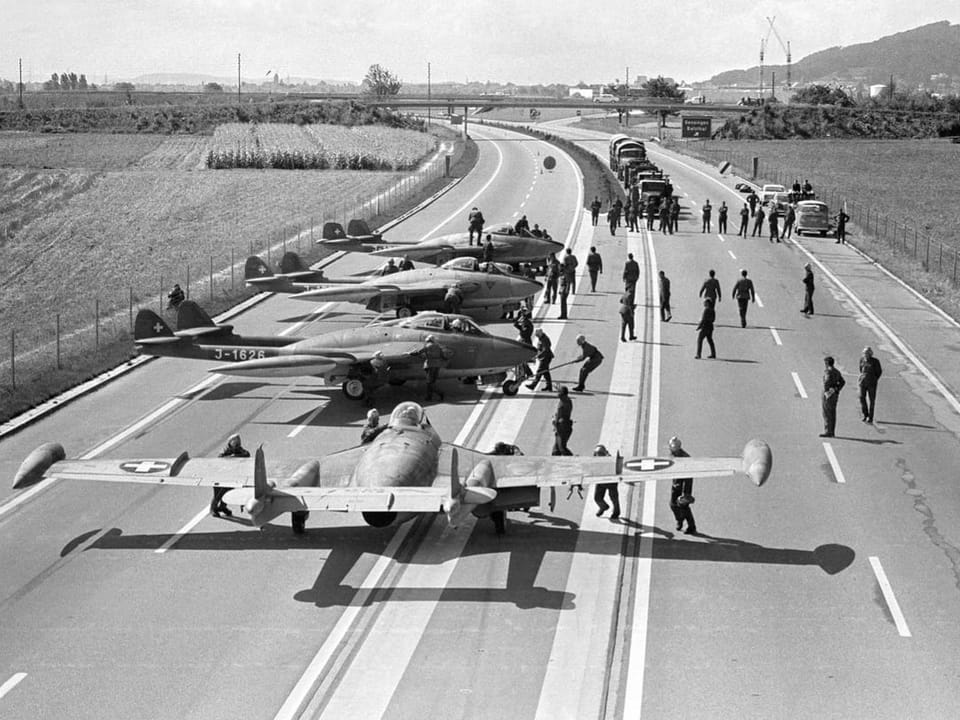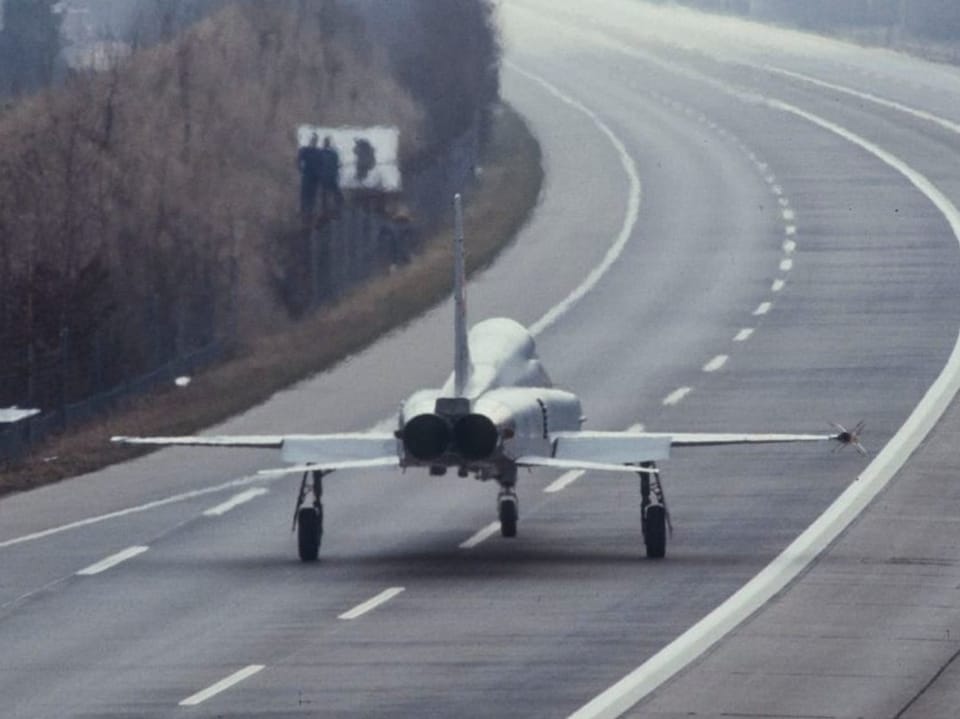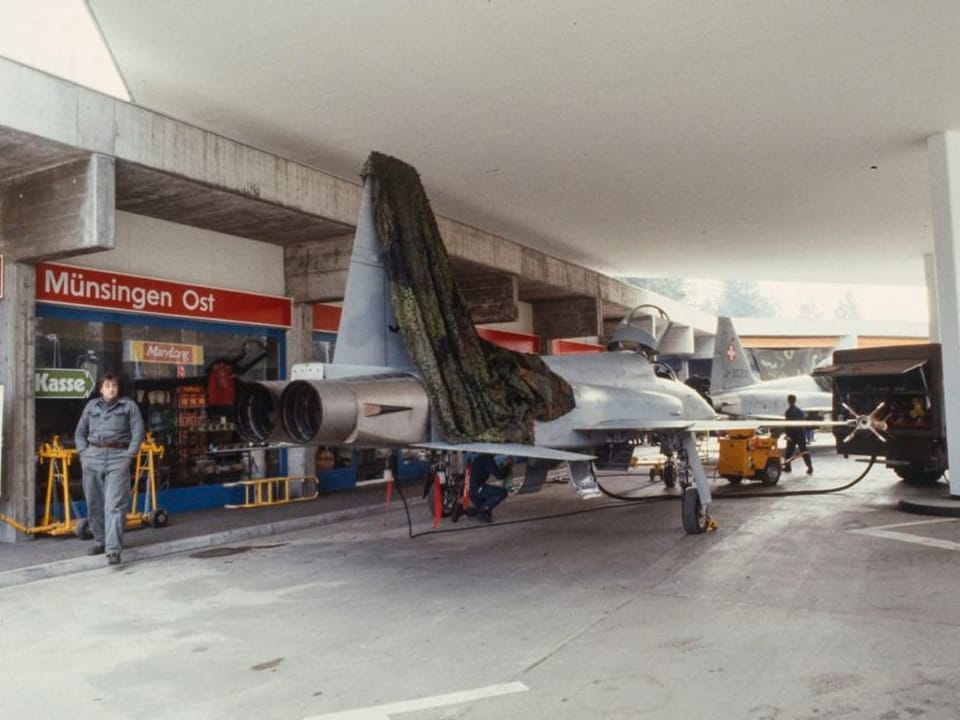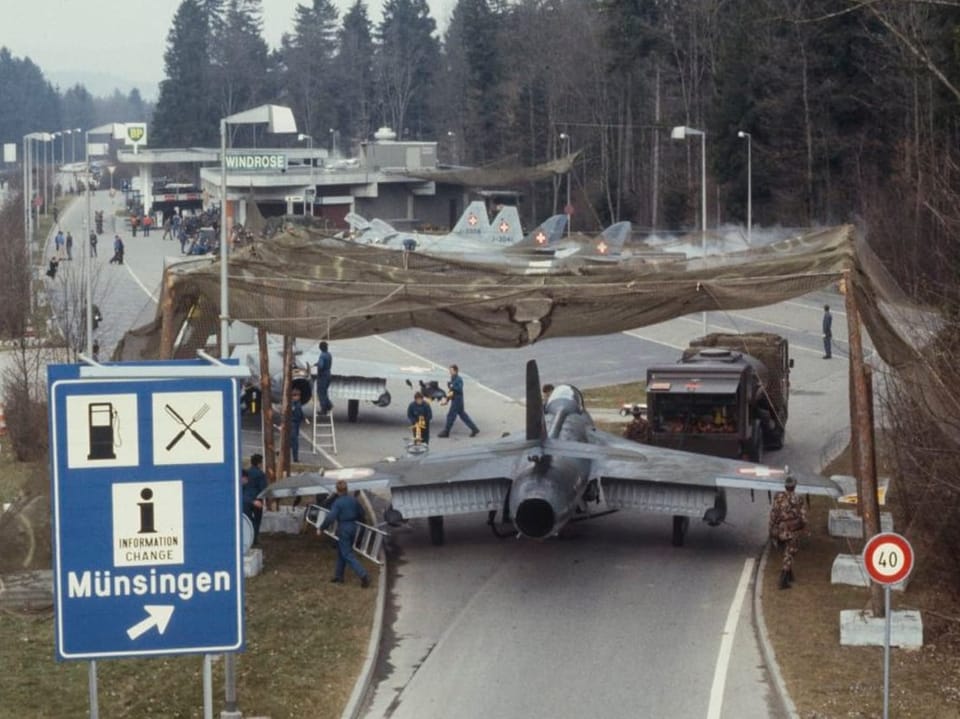Contents
The Federal Council is closing parts of the A1 for air force flight exercises in the summer. This is intended to review the air force’s defense posture. This brings back memories of the past.
Anyone driving on the A1 through the Swiss plateau between Oensingen and Härkingen feels like they are on a completely normal motorway. But a bird’s-eye view reveals that the route runs dead straight over a length of two kilometers. Too straight for Switzerland, which is otherwise spoiled by curves. And it is noticeable: the median strip is not green, but asphalted. It is a relic from the height of the Cold War.
Legend:
The first landing exercise with fighter jets on a Swiss highway took place on this section of route between Oensingen and Härkingen in 1970.
SRF/Fabian Rymann
It was exactly here, west of the bridge between Oensingen and Kestenholz, that Swiss Air Force fighter jets landed on a highway for the first time on September 16, 1970.
13 regular runways and seven emergency landing options
The N1 was completely closed for the large-scale exercise under the code name “Strada”. Venom aircraft were used. The exercise was considered a great success and was a model for all later highway landings.
Such exercises were made necessary by the threat situation at the time. Nuclear war was considered a realistic scenario. The aircraft were protected in bunkers and rock caverns, but the airfields would have been an easy and extremely vulnerable target. If these had been destroyed, the approximately 350 aircraft of the then proud Swiss Air Force would no longer have been able to take off.
The Swiss military historian Lea Moliterni calculates: “There were only 13 pistes. If one fails, 26 planes out of 350 fighter jets are simply lost.”
An idea from World War II
To prevent a possible partial failure of the Luftwaffe, the army resorted to an idea from World War II. When more and more regular Wehrmacht airfields were destroyed in 1944, suitable sections of the highway were converted into runways. During the Cold War, numerous countries used their highways as emergency landing strips.
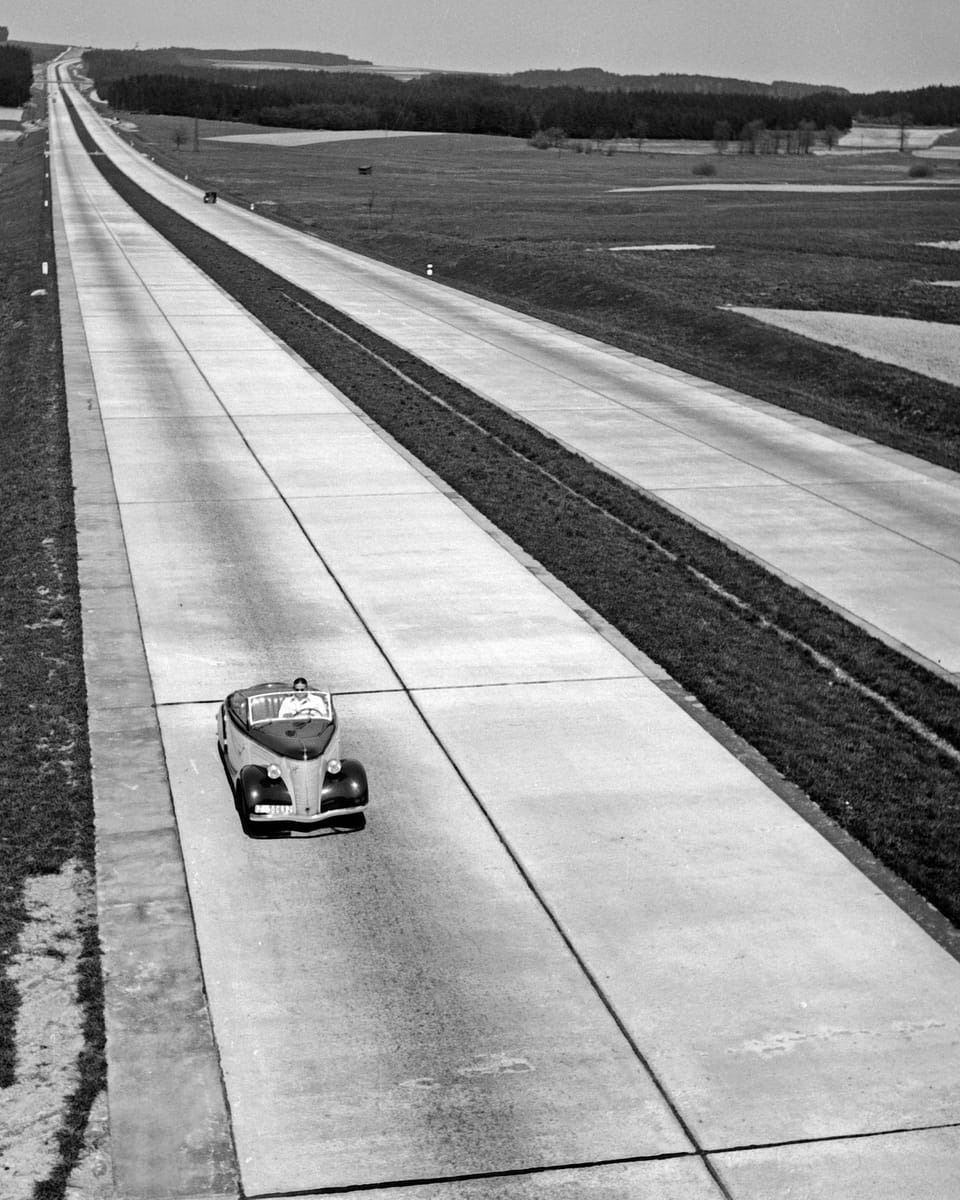
Legend:
From the 1930s onwards, the first Reich motorways were built in Germany. In the late phase of the Second World War they were also used for Wehrmacht landings.
Imago_United Archives
In the narrow and winding Swiss road network, such use was only possible with the start of motorway construction in the 1960s. To achieve this, the Federal Military Department (EMD) worked closely with the cantonal national highway offices. As an incentive, the army contributed 50 percent of the construction costs of the affected sections of the route.
High demands on the road section and on pilots
A total of seven emergency landing strips were built by 1990. The requirements for the affected sections of the route were high: they had to be as straight and level as possible. There needed to be enough access and exit routes. And there were to be no obstacles in the approach sectors. In the event of war, high-voltage lines would have been disconnected and trees felled. Since no fixed guard rails could be built between the roadways, ETH constructed a tension structure with steel cables.
After the first test in Oensingen in 1970, a total of nine further exercises followed throughout Switzerland. These were actually secret, but numerous onlookers still gathered on the side of the road. In Münsingen near Bern, Hunter fighter planes landed on the road for the first time in 1974. Tigers followed later.
The temporary end to emergency landings
Jets last operated on Swiss motorways in 1991. Although the concept was abandoned with the army reform in 1995, another motorway track was built in the mid-1990s. Parallel to the Payerne military airfield with a direct taxiway from the hangar to the road. The new exercise is now scheduled to take place on this section of route between Payerne and Avenches in the summer. It remains to be seen how strong the impact on traffic will be.
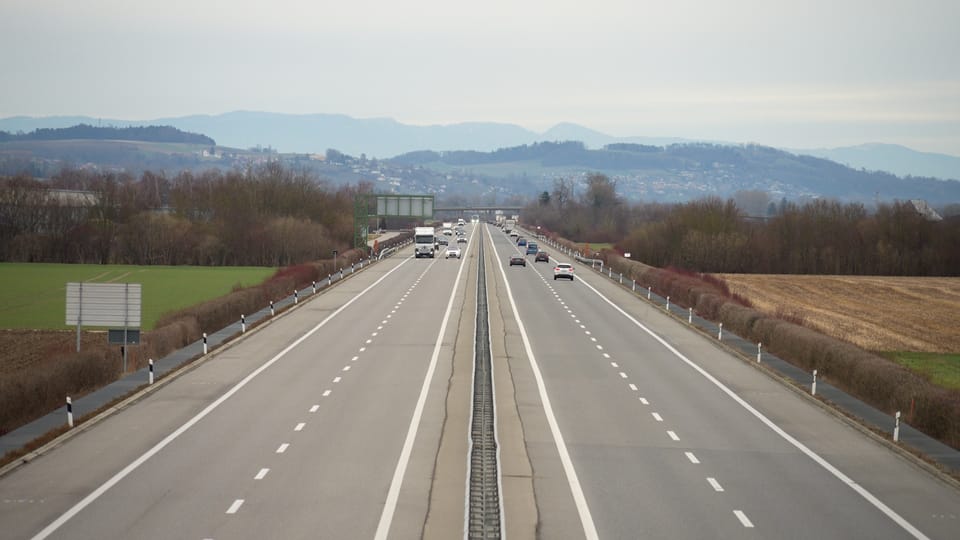
Legend:
The new landing exercise is scheduled to take place on this section of route between Avenches and Payerne between June 4th and June 6th, 2024.
SRF/Fabian Rymann
In any case, a complete closure would be unthinkable in Oensingen today. According to the Federal Office of Transport, it would result in “veritable traffic chaos”. After a first attempt in 1970, jets were never used on the route again.

